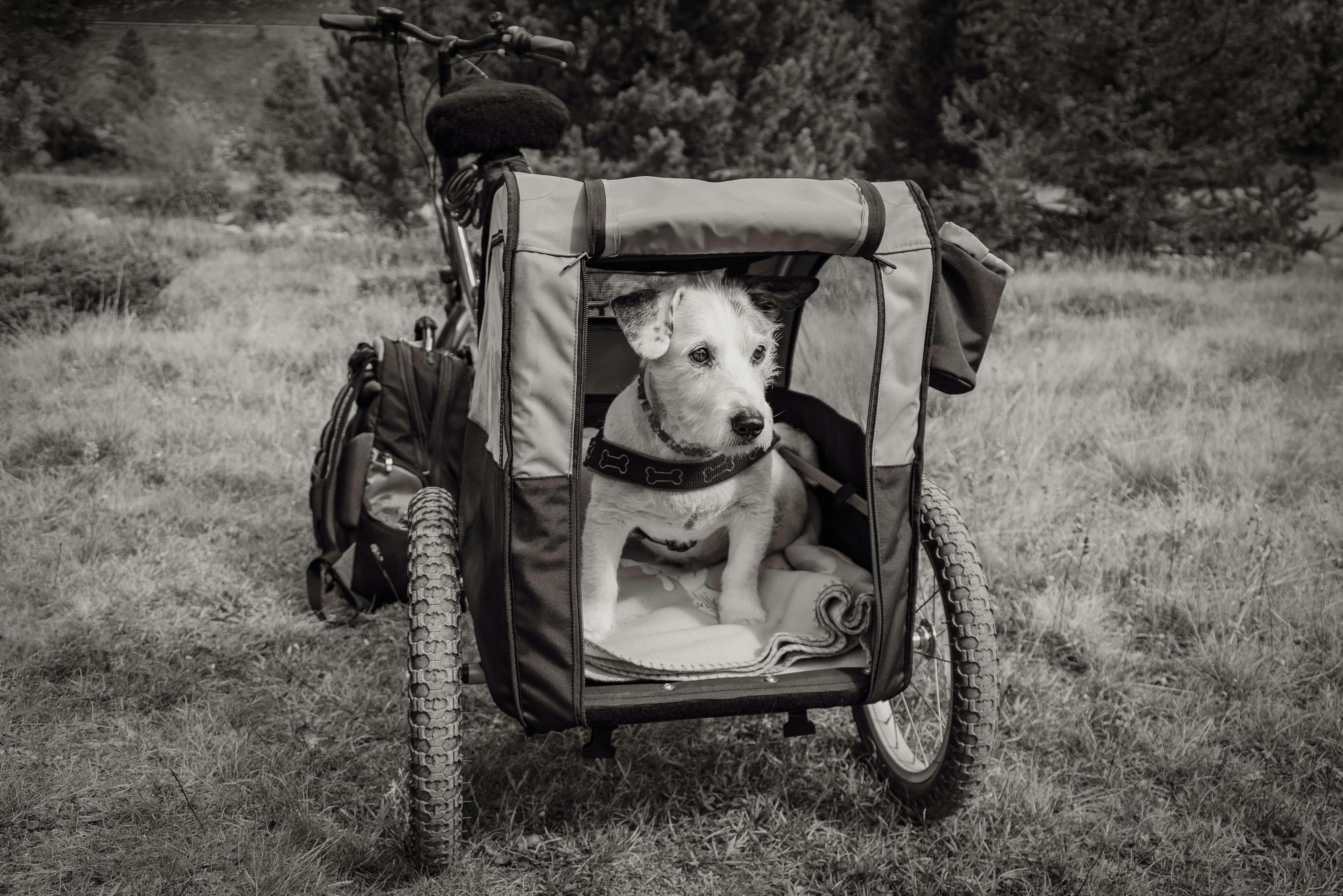Best Golf Cart Carrier for Travel Trailer Use in 2025
Bringing your golf cart along on the road opens new possibilities for convenience and recreation. Whether you’re an avid camper or a mobile golf enthusiast, finding the right golf cart carrier for travel trailer setups has never been more important. In this guide, we explore everything you need to know to transport your golf cart safely and efficiently.

Understanding the Fundamentals
At its core, a golf cart carrier for travel trailer is a specialized mount or platform that allows your golf cart to be securely attached and transported with your camper or RV. With the rising popularity of recreational vehicles and campground mobility, the need for efficient towing solutions has grown dramatically in recent years.
Understanding the engineering and safety standards behind these carriers ensures peace of mind and avoids costly mistakes. Much like choosing the right trailer hitch or stabilizer system, a golf cart carrier must be carefully matched to your vehicle’s load capacity and your travel needs.
1.1 Weight Distribution & Safety
Weight distribution is crucial. A typical golf cart weighs between 900 to 1,200 pounds, so any carrier must account for tongue weight and axle capacity. Overloading the rear of your travel trailer could lead to fishtailing or unsafe driving conditions.
Real-world examples show that properly balanced loads reduce tire wear and improve fuel economy. Avoid the misconception that any rear hitch can support a golf cart; dedicated platforms or frame-mounted systems are essential.
1.2 Legal and Regulatory Considerations
Not all states permit the rear transport of heavy equipment on travel trailers. It’s important to compare local laws and DOT regulations. Most systems must include visible lighting, reflectors, and secure tie-down points.
Some states require safety chains, secondary locks, or weight rating certifications. Ensuring your golf cart hauler complies with these laws will save time, money, and potential fines.
Practical Implementation Guide
Once you understand the basics, the next step is implementing a golf cart carrier for travel trailer in your own setup. This section walks you through practical steps, essential gear, and best practices to get started safely.

2.1 Actionable Steps
- Assess Your Trailer’s Load Capacity: Review the gross vehicle weight rating (GVWR) and tongue weight specs to ensure your setup can handle an additional 1,000 lbs.
- Select the Right Carrier System: Choose between hitch-mounted, platform-based, or frame-welded options depending on your rig’s structure and your golf cart’s weight.
- Install and Test: Mount the system per manufacturer instructions. Use tie-down straps and wheel chocks, and conduct a slow-speed test to check for swaying or vibration.
2.2 Overcoming Challenges
Common issues include improper weight balance, weak mounting points, and clearance problems when turning. Address these with reinforced brackets, adjustable risers, or axle support systems.
Expert tips: Always use ratchet straps rated 25% above your golf cart’s weight, and recheck torque settings before each trip. If towing becomes unstable, reduce speed and redistribute the load.
Advanced Applications
For experienced travelers and full-time RVers, integrating advanced golf cart hauler systems offers flexibility and added convenience. These applications are ideal when regular hauling or off-road navigation is involved.

3.1 Hydraulic Lift Systems
These motorized platforms allow users to lower or raise the golf cart using a switch, reducing physical strain and improving loading speed. A typical hydraulic system adds 300–500 lbs to the trailer, so it’s best suited for Class A and fifth-wheel RVs.
Case studies reveal that hydraulic lifts reduce loading time by up to 50% and improve safety for solo travelers.
3.2 Integrated Deck Platforms
These decks are permanently mounted above the rear bumper or tongue of your travel trailer. They often come with steel mesh flooring and adjustable railings. While more expensive, they provide seamless compatibility with other gear like ATVs or e-bikes.
Ensure your vehicle’s suspension and tires are upgraded to support added weight. A reinforced axle may also be needed for heavier carts.
Future Outlook
Emerging technologies like lightweight aluminum alloys and modular systems are making golf cart carriers more efficient and customizable. Innovations in electric lift systems and IoT safety monitoring are also on the rise.
In the next 3–5 years, expect to see solar-charging capabilities and integrated GPS trackers as standard features. Smart integration with trailer brake controllers and rear-view cameras will further enhance safety.
Conclusion
To recap, choosing the right golf cart carrier for travel trailer setups involves understanding weight limits, selecting compatible systems, and considering advanced options like hydraulic lifts. Legal compliance and safety can’t be overstated.
Start by evaluating your travel trailer’s specs, then pick a carrier that matches both your golf cart’s weight and your camping lifestyle. Stay informed about new developments and keep your rig road-ready.
Frequently Asked Questions
- Q: Can any trailer hitch carry a golf cart? No, only heavy-duty hitches rated above 1,000 lbs are suitable. Lightweight hitches can break under pressure.
- Q: How do I begin the process of adding a golf cart carrier? Start by measuring your golf cart and checking your trailer’s specs. Then select a compatible mount system.
- Q: How much time does installation take? Most setups take 2–4 hours, but hydraulic systems may require a full day with professional help.
- Q: How much does a golf cart carrier cost? Prices range from $400 for basic platforms to $3,000 for powered systems. Installation fees may apply.
- Q: Is it better to tow or carry a golf cart? Carrying is often safer and less prone to jackknifing, especially for single-axle travel trailers.
- Q: Is this setup difficult to learn? Basic systems are straightforward, but powered systems may require light mechanical knowledge or pro assistance.
- Q: Can I use this in commercial or rural settings? Yes, many farms and golf resorts use similar systems for remote travel and mobile work sites.
